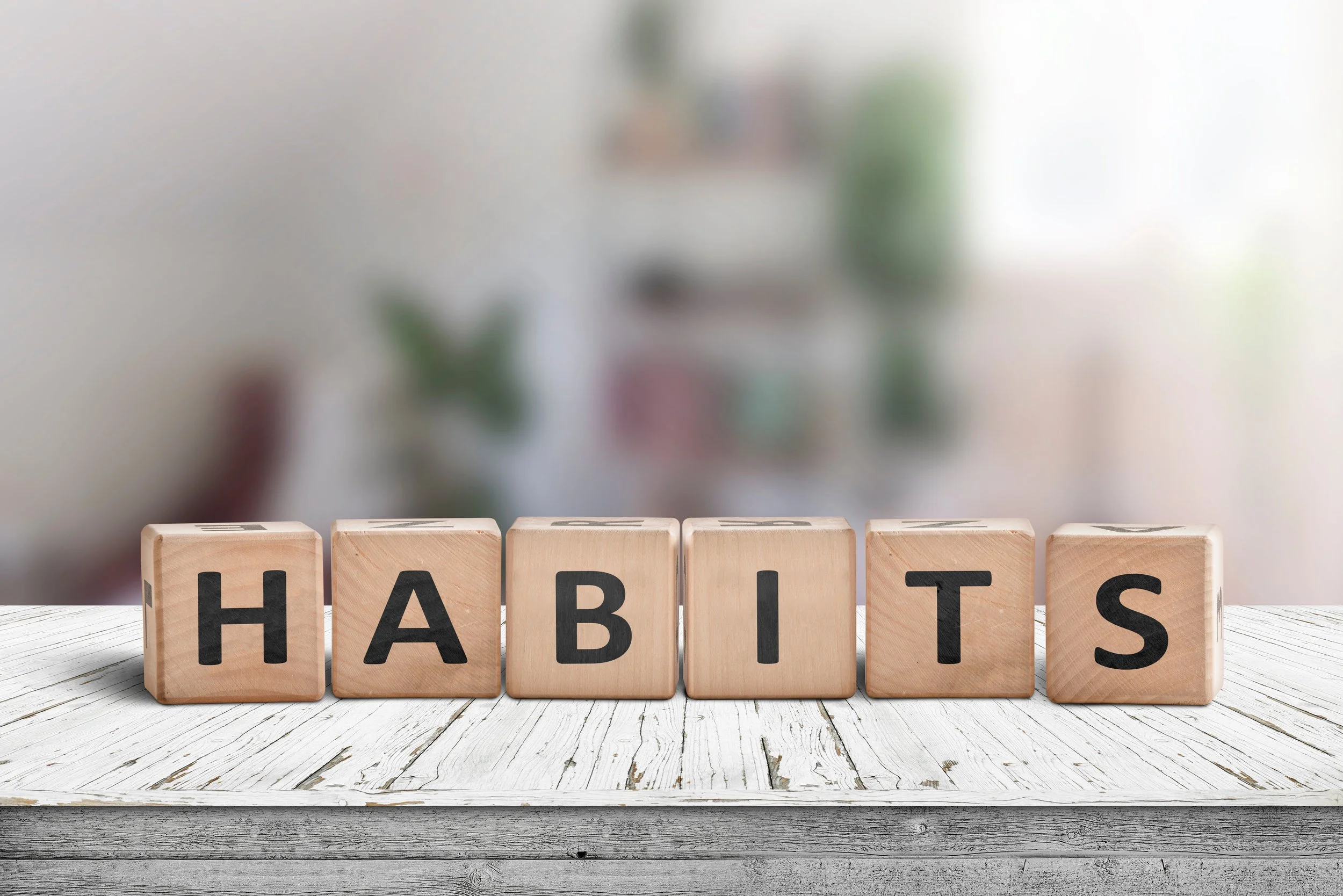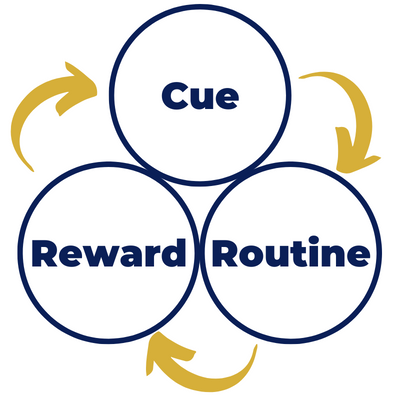How much control would you say you have over what you do in a day? Our brains automate many of our daily routines—many people won't think twice about brushing their teeth, taking a shower, or choosing a sugary breakfast cereal over a healthier alternative. It's a design feature of the human brain to program habits that allow it to conserve energy. When you take enough similar actions or make similar decisions, the brain decides to ingrain the behavior into its code.
While this process can lead to some unhealthy habits like eating junk food instead of going for a run, the real power comes when you understand how the process works and use it to your advantage. Because habit loops are simply a series of choices that your brain decides to automate to make your life easier, you can break the cycle and build a new pattern that better suits your needs.
Engaging in a habit on a day-to-day basis may not mean much by itself. But habit loops majorly impact our physical, mental, and emotional well-being, which is why it's worth intervening and taking back control. And for sales representatives, some of the more detrimental habits, like being unprepared or overly rehearsed, can affect your financial security.
What is the Habit Loop?
The Habit Loop has three components: the cue, the routine, and the reward. You can start to dissect the loop much easier once you understand each element. Many times, the reason it's so difficult to break the habit loop is because of the lack of understanding. Staying curious rather than judgmental about your habits empowers you to break them and create new ones that serve you better.
A cue is an order for the brain to execute a task or series of tasks that make up the habit. The cue or the trigger is whatever initiates the habit. Cues can be many things: time of day, location, other people, emotional state, senses like sound or smell, or previous actions. The routine is the habit's behavior that happens automatically after the cue. A routine could be positive or negative, depending on the desired outcome. The reward is the payoff or reinforcement resulting from the routine. The reward will usually still fulfill the desired outcome for the brain in some way, even if the routine is seen as unfavorable.
An example of a habit loop for a sales representative would be a personal process that doesn't align with your team. You've created your own routine to cut corners or because you feel your way is justified. The result would sometimes be that you've saved a sliver of time, but it also caused multiple misunderstandings and frustration among the team and your boss. You're now viewed as disorganized; to fight against it, you have to intercept the loop right at the trigger: when you're initiating the sale.
Once you understand how the loop works, you can build, break, or stack your habits. Building a new habit involves identifying a cue that works for you—it allows you to do the desired routine and gives you a satisfactory reward. Breaking one of your current habits means avoiding cues or finding substitutes for your routines. And stacking habits is when you overlap a new, more positive habit over an existing one to try and reorient your brain to a different routine.
How To Put the Loop in Action
The sales rep has to follow so many processes throughout their day that it only makes sense the brain would seek to automate some of them. But if you aren't getting the results you want from your work and are looking to increase your business and success rate, it's time to let the loop work in your favor by doing one of these three things.
1. Use Habit Stacking
Mustering up a new habit from scratch is no small feat. It's often much better to ease your way into it with habit stacking. Start by identifying an existing habit, and build new routines on top of it. If you're accustomed to having a mid-morning snack, but would also like to learn more about your leads or brush up on sales techniques, you can stack these habits together. This means that each time you have your mid-morning snack, you also check on your leads, or brush up on sales techniques.
2. Try Unique Rewards
If your current reward system isn't cutting it, shake it up a bit. Immediate rewards are usually more successful at reinforcing behavior. You may need to do a series of small rewards to enable small habits that won't see much payoff for a while. Do what works uniquely for you. The reward doesn’t have to be tied to an end goal—it can be linked to a habit that will get you to your goal. It could be something as simple as a small piece of chocolate after you make your goal number of sales calls for the day.
3. Start Small to Build Big
You may have the urge to upend your entire system and start fresh, but most brains won't respond well in that scenario. You'll have much more success when you zero in on habits that are easy to execute and don't have much weight. For example, if you're trying to send more personalized sales emails, throw a quarter in a jar every time you take the time to compose one. Use the money in the jar towards something you love now and then. It's a fast, simple habit loop with a visual reward structure that could boost your response rate.
If you take some extra time to know why you do what you do, you can start to see the ways to change it. If you've always dreamt of bigger things for your sales career, you can start to achieve those goals by using the habit loop. Tactics like habit stacking, a personalized reward structure, and starting with small steps will all increase your chance of success. Eventually, you'll start to see that when you hack into your brain's auto-pilot mode, you can go just about wherever you'd like.



